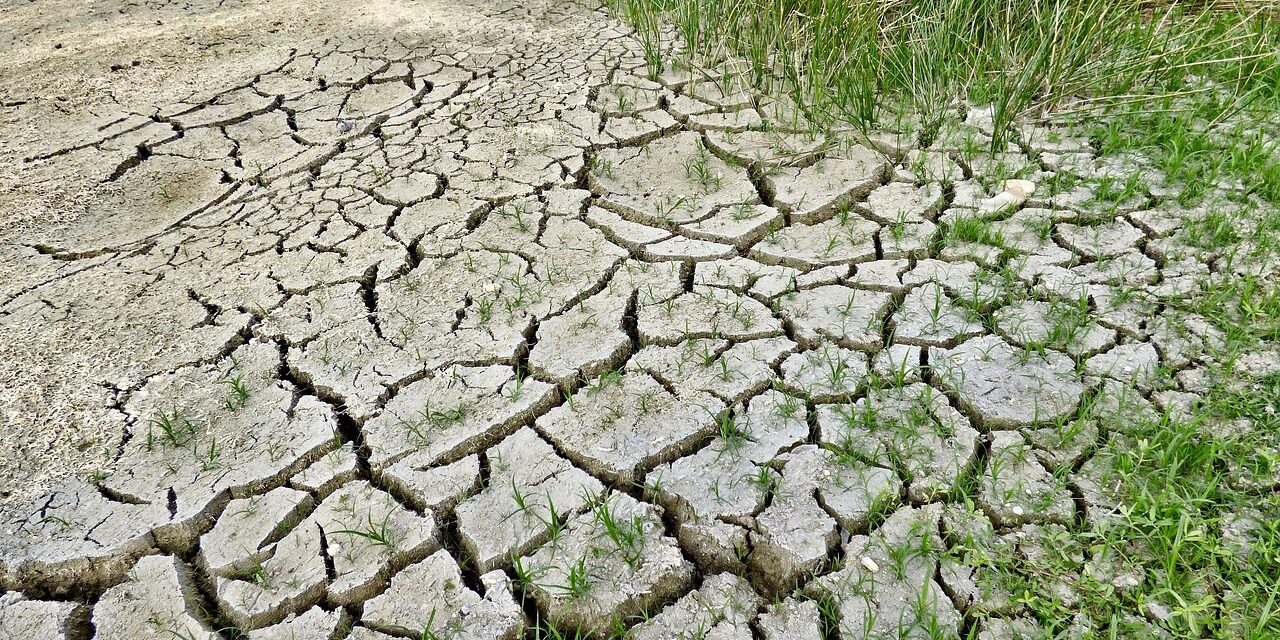In particularly extremely hot years, values above 45-46 degrees Celsius are not excluded in the hottest parts of the country, and there will be an increasing number of long-lasting dry periods lasting up to weeks, stated the MCC Climate Policy Institute.
In the future, heat waves similar to the current one will belong to the weaker category, the MCC Climate Policy Institute announced.
According to the announcement, the global average temperature exceeded the results of official measurements since the beginning of industrialization by an average of 1.5 degrees Celsius in June, so it is the 13th month that temperature records have been broken worldwide. They added that the average temperature of this year's June, based on measurements by HungaroMet Zrt., in Hungary was an average of 21.6 degrees Celsius, which is 1.8 degrees Celsius higher than the 1991-2020 climate average and became the fifth warmest June since 1901, but never such a warm first semester has never been registered in Hungary as this year.
It's only mid-July, but the second intense heat wave is already raging in Central and Eastern Europe, not to mention Southern Europe, they said.
They continued that
one of the obvious signs of climate change in our region is the increase in the frequency of extremes with high temperatures.
Global warming will continue even under the least pessimistic climate scenarios, the regional extent of which in Europe and Hungary is expected to be 2-2.5 times the global level in the coming decades, they wrote, adding that we now know that
the number of long-term heatwave days in Europe and Hungary is increasing primarily due to human activity.
In the announcement, it was explained that while there were no intense heat waves on the national average in the 1970s and 1980s, today they are a feature of summers and early autumns. Previously, heat waves were very rare in our northern and mountainous regions and only occurred in the Great Plains in the most extreme years, now there are years (2012, 2021, 2022, 2023) when the number of heat wave days exceeded 15 days.
They emphasized that the future is even more devastating: if humanity continues to emit greenhouse gases in the current way, then
by the end of the century, we can expect 12-13 times more permanent heatwave days nationally than today, and even in the Great Plains, their number may reach 40-50 days a year, so that summer as a season may increase to 5-6 months.
Following current global emissions, we can expect maximums of 40 degrees Celsius in the Great Plain every year in the second half of the century, especially in extremely hot years
Values above 45-46 degrees Celsius are also not excluded in the warmest parts of the country
- reads the statement.
At the same time, the number of rainy days will decrease, there will be an increasing number of long-lasting dry periods lasting even weeks, and the number of days with extremely large amounts of precipitation falling within a few hours will increase.
They added that extreme weather could cause increasing additional expenses for both the population and the economy (farmers, insurance companies, tourism) in the future.
As it was written, the background of the current persistent heat wave is the increasing global and regional warming, the overheated Mediterranean Sea and Atlantic Ocean (stronger storms in the west and north, persistent, massive anticyclones in the Mediterranean area and East-Central Europe), the jet streams that shape our weather its gradual and intense weakening (hot spots are forming in the Northern Hemisphere), the massive summer anticyclones that do not want to subside, and the fact that the soils have been deficient in moisture in several European regions for years are also a problem.
They said that the current weather fits perfectly into the trend of climate change: it can never be emphasized enough that in the short and medium term only adaptation, while in the long term mitigation - the prevention of the release of greenhouse gases into the atmosphere that cause climate change - is the right strategy to protect against climate change.
MTI
Cover image: Pixabay













